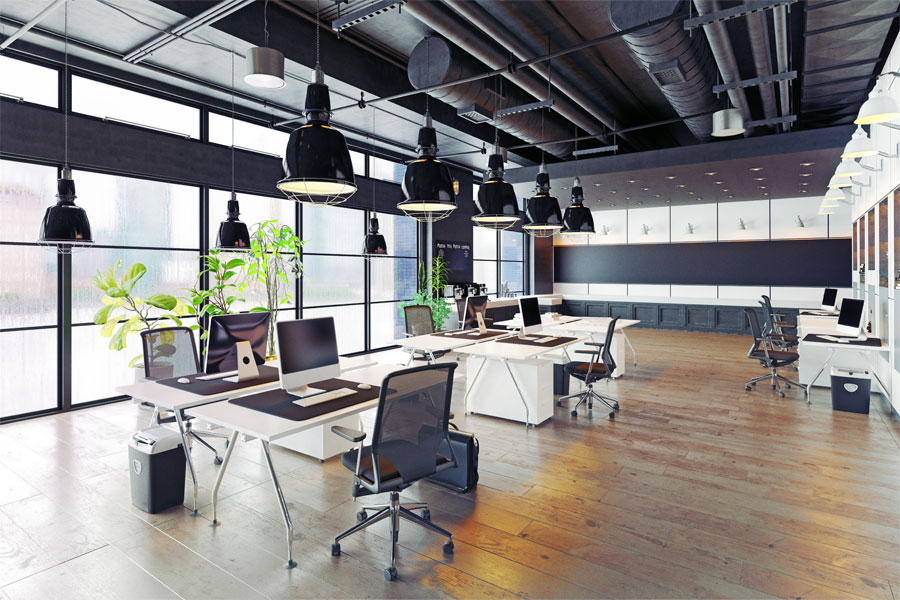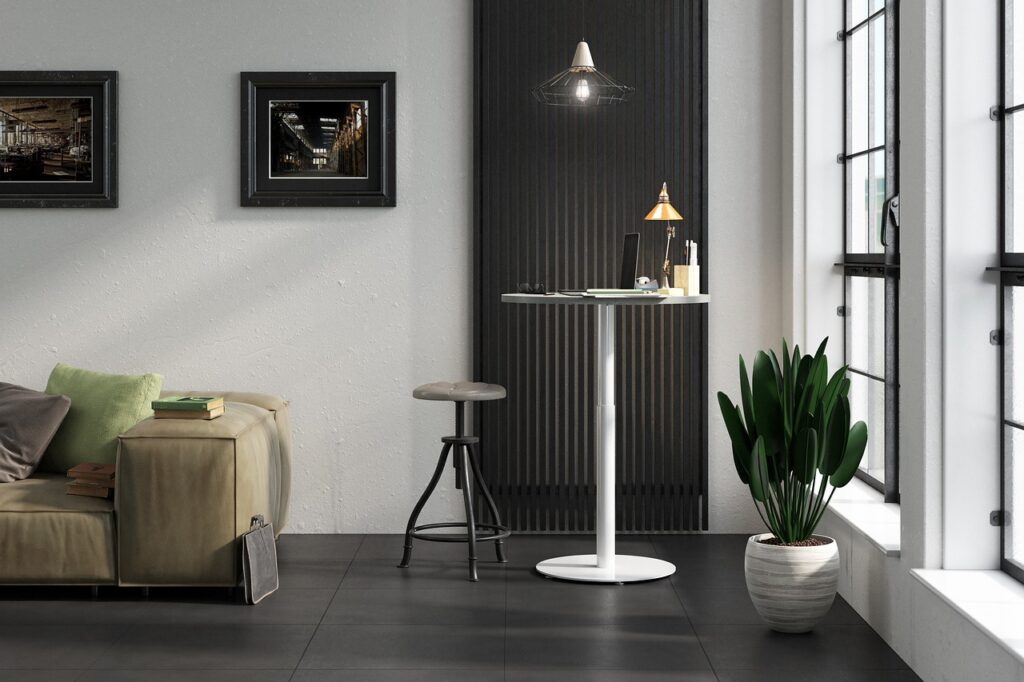Embark on a journey through time and space as we explore the fascinating world of adaptive reuse in commercial interior design. In this blog, we’ll delve into the intricate art of repurposing aging, historic buildings into vibrant, innovative commercial marvels. Join us on this transformative adventure where the past meets the present to create truly unique and inspiring spaces.
Unveiling the Adaptive Reuse Revolution
Adaptive reuse is a remarkable practice that breathes new life into structures with rich histories. It’s an environmentally conscious way to blend the old and the new, allowing historical architecture to become a part of the modern world.
Preserving the Legacy of Historic Buildings
The heart of adaptive reuse lies in preserving the heritage and stories embedded in historic structures. We’ll explore the significance of maintaining the authenticity and character of these buildings while adapting them for contemporary purposes.
Commercial Interior Design: The Bridge Between Eras
Commercial interior designers play a crucial role in reimagining historic spaces. They seamlessly blend history with innovation, ensuring that the final result honors the building’s legacy while fulfilling its new commercial functions.
Office Interior Design Meets Time Travel
Offices are prime candidates for adaptive reuse. We’ll uncover how old warehouses, factories, and even churches are transformed into vibrant, functional office spaces that balance history and productivity.
The Restaurant Renaissance
Discover how historic buildings become the perfect backdrop for unique and charming dining experiences. We’ll explore how adaptive reuse techniques are used to create unforgettable restaurant interiors.
Retail Resurgence: Adaptive Reuse in Modern Shopping
Modern retail spaces are often found in repurposed historic buildings. Explore how designers create memorable shopping experiences by respecting the building’s history and architectural details.
Challenges and Innovations
Adaptive reuse is not without its challenges. We’ll discuss the obstacles designers face and the innovative solutions they employ to overcome them.
Case Studies: Architectural Time Capsules
To truly grasp the magic of adaptive reuse, we’ll delve into captivating case studies. These stories will showcase the remarkable transformations of historic structures into vibrant commercial marvels, from old factories turned into trendy tech offices to forgotten warehouses reborn as hip urban eateries.
Conclusion
Adaptive reuse is more than a trend; it’s a celebration of history and an homage to architecture’s enduring power. By repurposing old structures into modern commercial marvels, we honor the past, inspire the present, and leave a legacy for the future .As we conclude our journey through the world of adaptive reuse, remember that these projects are living testimonies to the ingenuity of commercial interior design. They remind us that history can be a vibrant part of our daily lives, and that with creativity and respect, old buildings can become dynamic, innovative spaces for work, leisure, and discovery.





